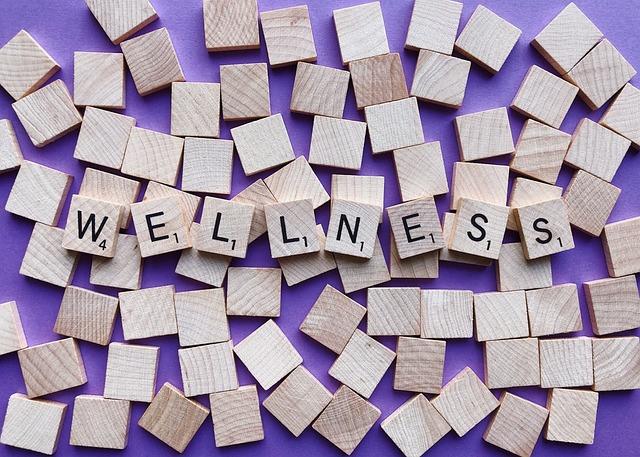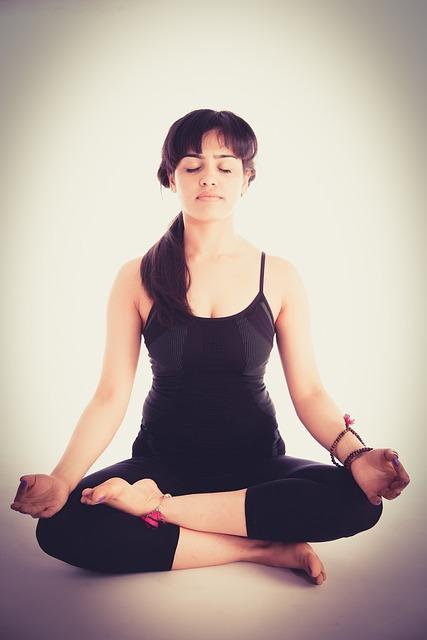In the bustling symphony of modern life, the pursuit of health often plays a leading role, guiding us through choices and challenges. Yet, as we navigate this complex landscape, a pivotal question emerges: should our healthy habits prioritize physical well-being over mental wellness, or vice versa? This intriguing debate invites us to explore the intricate dance between body and mind, examining the merits and nuances of each approach. As we delve into this topic, we seek to uncover a harmonious balance that nurtures both the tangible and intangible aspects of our health journey.
Balancing the Scales: Integrating Physical and Mental Health
In the pursuit of a healthier lifestyle, it’s crucial to recognize that physical and mental health are two sides of the same coin. While exercise and nutrition often dominate the conversation, mental wellness deserves equal attention. Ignoring one in favor of the other can lead to an imbalance that affects overall well-being. Consider these points:
- Holistic Approach: Combining physical activities like yoga or hiking with mindfulness practices can create a more balanced routine.
- Interconnected Benefits: Regular exercise releases endorphins, boosting mood, while mental health practices can enhance motivation for physical activities.
- Stress Management: Techniques such as meditation and deep breathing can complement physical workouts, reducing stress and improving focus.
Ultimately, integrating both aspects ensures a comprehensive approach to health, fostering resilience and vitality in everyday life.
 Physical Activity Influences Mental Clarity”>
Physical Activity Influences Mental Clarity”>
Understanding the Interplay: How Physical Activity Influences Mental Clarity
Physical activity does more than just enhance our bodily strength; it plays a pivotal role in sharpening our mental faculties. When we engage in exercise, our brains release endorphins, which are natural mood lifters. This chemical boost can lead to improved concentration and a more positive outlook. Additionally, regular physical activity increases the production of brain-derived neurotrophic factor (BDNF), a protein that supports the growth and survival of neurons, further enhancing cognitive function.
- Enhanced Mood: The release of endorphins reduces stress and anxiety.
- Improved Focus: Regular exercise increases concentration and mental clarity.
- Neurogenesis: Exercise stimulates the creation of new neurons, boosting brain health.
- Stress Reduction: Physical activity helps regulate cortisol levels, promoting calmness.
By understanding the intricate relationship between physical activity and mental clarity, we can craft more holistic approaches to well-being that do not prioritize one aspect over the other, but rather, integrate them harmoniously.

Holistic Habits: Bridging the Gap Between Body and Mind
In the quest for a balanced lifestyle, the integration of both physical and mental wellness is paramount. While traditional views often prioritize physical health, modern approaches emphasize the interconnectedness of mind and body. Ignoring mental wellness can undermine even the most rigorous physical health regimes, leading to a cycle of stress and burnout.
Consider these holistic habits:
- Mindful Movement: Activities like yoga and tai chi promote both physical strength and mental clarity.
- Nutritional Awareness: A diet that supports brain health can enhance mood and cognitive function.
- Restorative Practices: Incorporating meditation and deep breathing can reduce stress and improve overall well-being.
- Community Connection: Engaging in social activities nurtures emotional health and fosters a sense of belonging.
By embracing a holistic approach, individuals can bridge the gap between body and mind, creating a more resilient and harmonious self.
 Mental Wellness“>
Mental Wellness“>
Practical Strategies for Harmonizing Physical and Mental Wellness
Integrating physical and mental wellness requires a holistic approach that acknowledges the interconnectedness of body and mind. Here are some practical strategies to achieve this balance:
- Mindful Movement: Engage in activities like yoga or tai chi that emphasize both physical exercise and mental focus, fostering harmony between your body and mind.
- Balanced Nutrition: Opt for a diet that nourishes not just the body but also supports cognitive function, incorporating foods rich in omega-3s and antioxidants.
- Restorative Sleep: Prioritize sleep hygiene to ensure quality rest, which is crucial for both physical recovery and mental clarity.
- Mind-Body Practices: Explore meditation or deep-breathing exercises to reduce stress, enhancing both physical health and mental resilience.
By adopting these strategies, individuals can create a sustainable routine that nurtures both aspects of wellness, promoting overall health and vitality.





